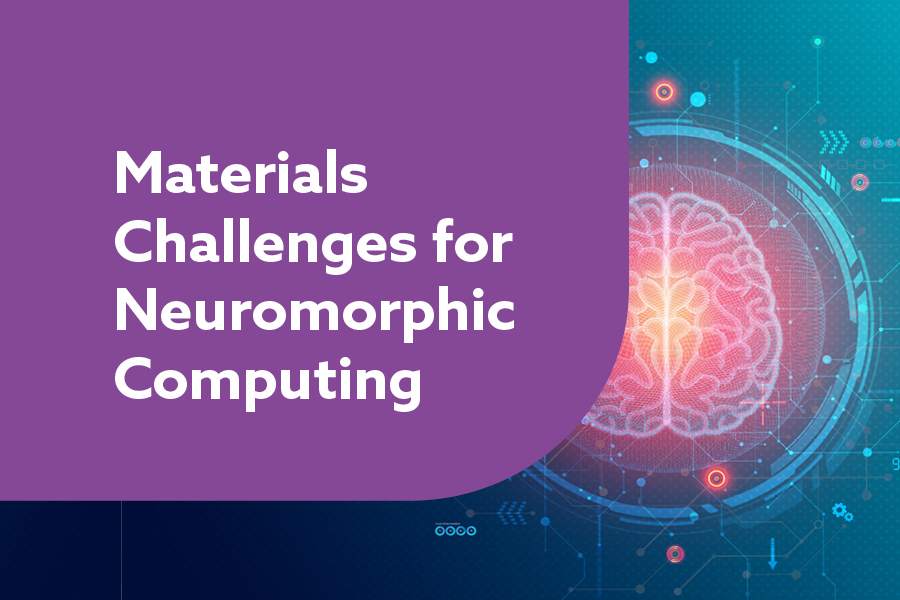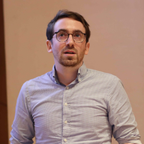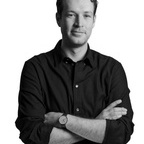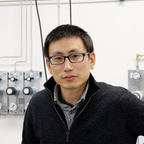Materials Challenges for Neuromorphic Computing

Artificial intelligence is significantly increasing the growth in data processing. Artificial intelligence or AI is the science of training machines to imitate the human brain. It has been enabled by a huge explosion in CPU power. It requires the crunching and training of massive amounts of data, and it consumes a very large amount of energy.
Considering how quickly AI is growing, predicted to consume 1/5 of the world’s power by 2025, and within just a few years, ~ hundreds of new nuclear power stations will be required to fuel this growth. Even some developed countries will not have sufficient power to sustain this growth.
Novel non-Von Neumann forms of computing could solve the problem. Hence, we could move to more brain-like computing which is highly efficient in comparison to standard CMOS. However, these new forms of neuromorphic computing rely on novel electronic devices, and these require different materials, all which have their own challenges.
This webinar will cover the materials science and engineering challenges of materials and devices for neuromorphic computing.
Programme:
Each talk 30+5 min questions (40 min in total including handover time).
All times are UK GMT.
- 14:00 - Markus Hellenbrand, Research Associate, University of Cambridge
- 14:40 - Regina Dittmann, Professor, Peter Grünberg Institute, Forschungzentrum Juelich
- 15:20 - Adnan Mehonic, Associate Professor, Dept of Electronic & Electrical Engineering, University College London
- 16:00 - Jae-Chun Jeon, Max Planck Institute of Microstructure Physics, Halle
More about the speakers:









